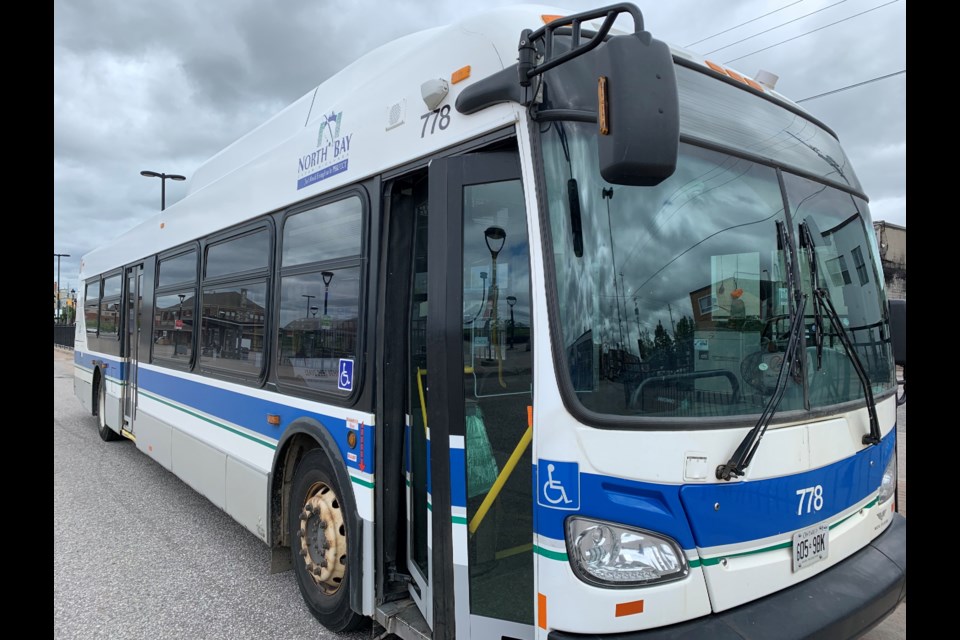The MTO issued guidelines today for using public transit and it includes using masks while riding buses.
"To help reduce the transmission of COVID-19, it is highly recommended that transit passengers wear a face covering or non-medical mask at all times during their travels on public transit," says the release. "This is particularly important when physical distancing cannot be maintained."
North Bay won't be requiring masks confirms City spokesman Gord Young.
"While we would encourage passengers to follow all public health recommendations related to preventing the spread of COVID-19, North Bay Transit will not be requiring that passengers to wear masks at this time. Currently, our limit of 15 passengers per bus allows for enough space to physical distance. We are continuously monitoring demand and may consider a 'Use of Mask Policy' in consultation with our public health partners should ridership increase."
Nor will Ontario Northland.
"Since April, Ontario Northland has encouraged motor coach passengers to travel with a non-medical mask or face covering that covers both the mouth and nose. Masks are strongly recommended during the journey when it’s difficult to maintain physical distance from others," says spokeswoman Renee Baker.
However, Toronto is taking a different path, announcing that face masks will be mandatory for TTC riders as an increased safety precaution due to the coronavirus pandemic as of July 2. The news comes after Brampton, Mississauga and Ottawa implemented the same protocol.
See:Toronto make face masks mandatory on TTC, Ontario recommends all riders wear them
The Province says It highly recommends that passengers wear a face covering or non-medical mask:
- Where possible and as tolerated, at all times during their travels
- During the transit trip when they cannot physically distance from others
- As directed by the transit agency or a Canadian public health official
A face covering or non-medical mask should not be worn by:
- Young children, particularly children under the age of 2 years old
- Passengers who have breathing difficulties that are unrelated to COVID-19
It also suggests municipalities consider protocols to safely direct the flow of passengers using signage, personnel and physical markers, including the following:
- Establishing one-way flow of pedestrian traffic when entering stations, passing through fare gates, and boarding and deboarding transit vehicles
- Using physical markers (such as seat and floor decals) between seats in stations and vehicles
Support and enable physical distancing
Wherever possible:
- Consider scheduling to reduce crowding, particularly during peak times
- Consider allowing additional boarding and de-boarding time
- Consider plans to address crowding in the event of unplanned delays or higher than anticipated ridership demand
- Consider limiting seating on transit vehicles to promote physical distancing, for example blocking off seats in close proximity with signage to limit passengers sitting adjacent to one another



